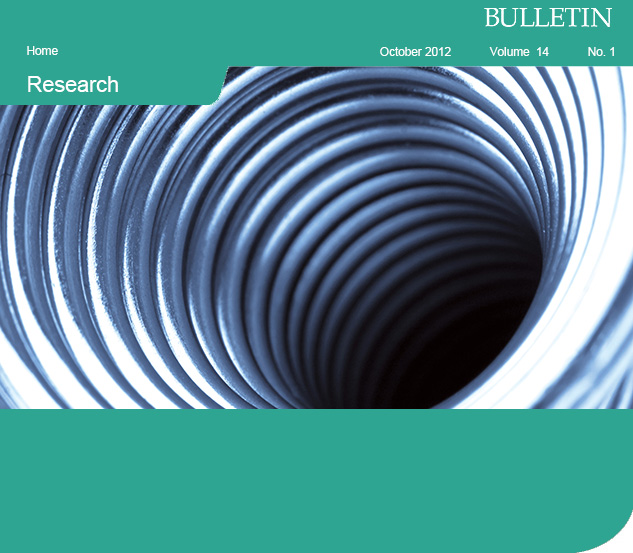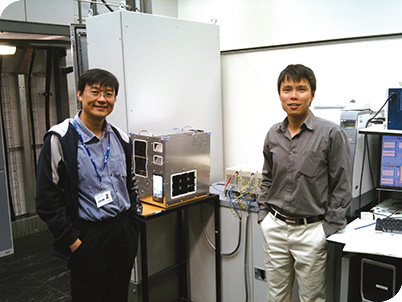| Hope Springs | |
| A new technology that uses electric springs to store and transmit energy overcomes a key barrier to the widespread use of renewable energy. |

|
|
The promise of renewable energies, be they wind, solar or other sources, has excited governments around the world. Some have set targets to have up to 40 per cent of electricity provided by renewables (Hong Kong’s is one to two per cent). But these ambitions ignore a major obstacle: it is still very difficult to integrate unstable renewable energy into the power grid. The ‘smart grid’ is meant to solve the problem of instability by using modern technology to manage the different inputs to the grid. But it is not yet a reality and scientists from around the world, including HKU, have been trying to figure out how to make it work. “The challenge,” says Professor Ron Hui, Philip KH Wong Wilson KL Wong Professor in Electrical Engineering, “is that in the existing system, power companies can fully control power generation and flow. They can control the voltage according to how much electricity power a city requires, and transmit that power in a centralised, reliable manner.” “In the future the system will change drastically. With renewable energy, you and I can put up solar panels, a farmer could set up a wind farm, and the power company won’t know how much power is being generated. Having all these sources with dynamically changing natures means power companies lose control. When the supply and demand can’t match up, you have instability.” |
 Professor Ron Hui (left) and Dr Lee Chi-kwan (right) working together on the Smart Energy Lab at Imperial College London |
|
The consumers’ end Many researchers are trying to figure out how to stabilise the system at the power generation end, by considering how to manage distributed and unknown generators. But Professor Hui asks, what if we look at it from the consumers’ end? What if stability could be managed through attachments to appliances, so that they received input from renewable energies (say, a solar panel on the roof) and stored that energy until there was sufficient space on the grid for it to be released? Professor Hui was pondering that question one night as he laid on his bed. “I thought the most suitable structure is the mattress with its array of springs. If you have an array of springs spread over the city, the support becomes large. Even if some fail, there will still be support.” With springs in mind, he turned to Hooke’s law, which was devised 300 years ago and explained the physics of mechanical springs. Professor Hui, together with his research partner Dr Lee Chi-kwan, adapted that law and came up with the concept of ‘electric springs’ – which, as their name suggests, store electrical power in their coils and adjust up and down to stabilise the power supply, just as a mattress adjusts its shape to accommodate a person’s weight. The springs, he says, could be contained in the attachment to appliances. The idea has been simulated on a street with three households and the measurements have been promising. Two patents have been filed, including a joint one with Imperial College in London. The research results appeared in the September issue of the IEEE Transactions on Smart Grid. “Electric springs could offer a solution to stabilise the power sector,” says Professor Hui. “And we also believe they are a new research area. There’s a lot to be explored.” Wireless connection Professor Hui’s work on electric springs follows on from his earlier achievements in simplifying power transmission. He invented a wireless charger that can charge several different devices, such as smartphones and tablets, at the same time without requiring individual plugs. More than 100 companies have signed up to incorporate the technology, dubbed ‘qi’, in their products, thus helping to reduce waste and save space from having multiple chargers for different products. Following on from that, he recently developed a system of wireless power transmission and demonstrated that it can transmit energy from one room to another – without any cable connection. The technology uses a domino effect to transfer the power, and three patents have been filed. With several major projects showing great promise, it is interesting to ponder the secret to Professor Hui’s success. “I like this quote,” he says, pointing to a poster on his wall with words from jazz musician Charles Mingus: “Making the simple complicated is commonplace; making something simple, awesomely simple, that’s creativity.” |
|
| Back |